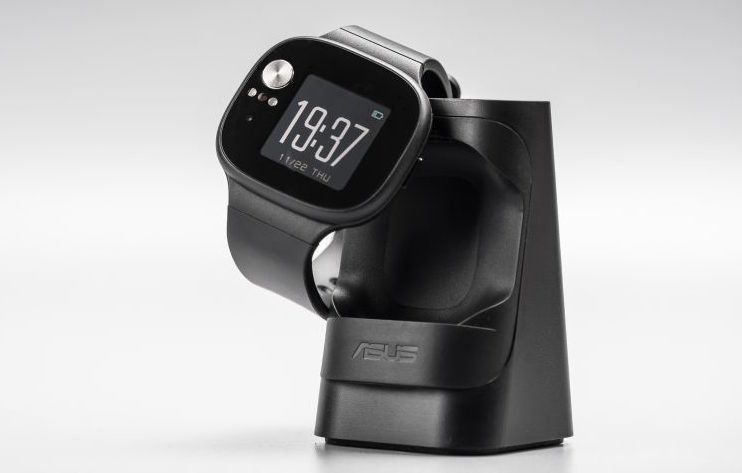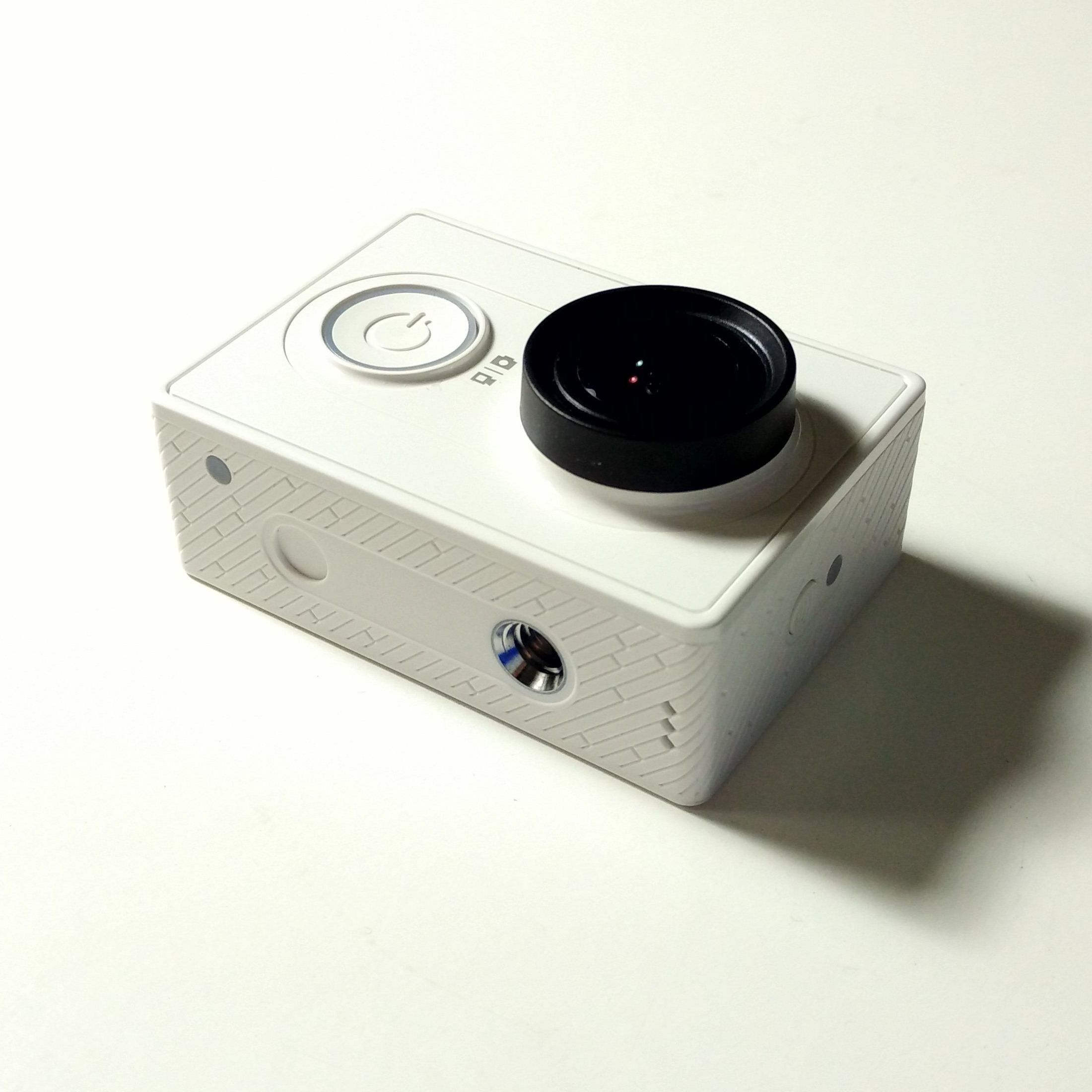Rating of the best punches for 2022
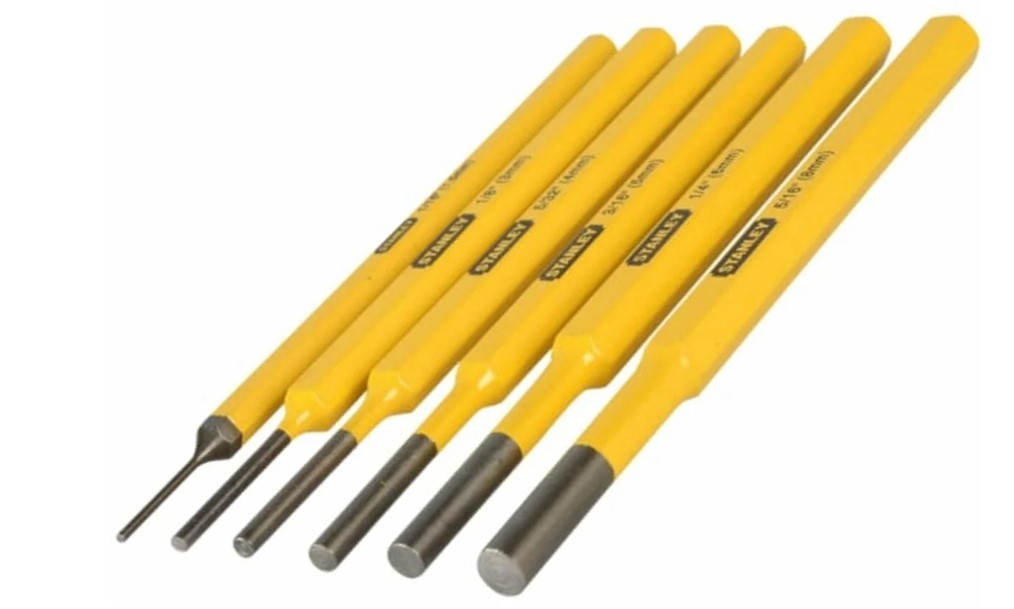
A punch is a special tool with which they extract small objects from different bases. This process directly implies knocking out such objects when no other way to extract them is possible. Also, with the help of it it is possible to carry out engraving work, for example, to give a flat metal sheet the shape of a certain recess. This device is used in carpentry and plumbing. Used in conjunction with other auxiliary tools.
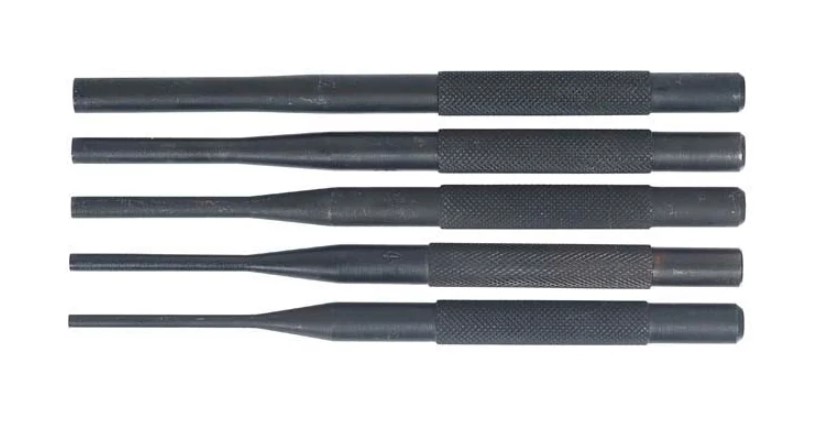
Content
General information
In most cases, punches are used by car mechanics, and with their help, small parts are knocked out from various components and mechanisms of the car, where they are stuck. Most often this applies to fasteners of small size - plugs, plugs, studs, pins and the like.
Sculptors use this device to create not only volumetric convex surfaces, but also to carry out the so-called hole engraving on metal sheets. The type of tool in question does an excellent job with brass, and copper, and even with some grades of steel.
Punches can also be used by sailors for the connector of rigging fasteners. Thanks to them, it is convenient to bring the ship's gear into working condition, and in case of problems, knock out the pin from the bolt (bracket) holding the cable.
The design of the punch is not particularly complicated and consists of:
- Handles for comfortable holding during work;
- The butt plate, which is hit with a hammer (it almost always has the shape of a cylinder and is much larger than the working end);
- The working part, made in the form of a tip of a certain diameter, equipped with a special head.
As a result, the device under consideration can be divided conditionally into two parts - working and impact.The latter serves to receive hammer blows, therefore it is particularly thick. The first one has a narrowed end, and its shape can be extremely diverse. The working tip, as a rule, has either a conical or cylindrical shape (objects with a hat, for example, rivets, are removed cylindrical, and any fasteners installed in cone-shaped holes are removed with a cone). Other forms of it are designed for specific tasks (as a rule, they are very sharply sharpened). Punches are traditionally supplied to the market in whole sets at once, which implies the solution through their various production issues.
Purpose and equipment of knockout sets
Modern manufacturers produce special sets of devices in question for:
- Sculptors;
- Artistic designers;
- plumbers;
- Builders;
- Stolyarov;
- locksmiths.
The traditional set includes several models at once, which will vary in diameter. It can vary from 2 to 8 millimeters. These dimensions are quite enough for most ordinary carpentry and plumbing work. If you need to knock out large fasteners, then on the market you can easily find sets with tools and a larger diameter. However, there are also specific sets in which the punches have not only non-standard diameters, but they also have different figured shapes of the working part. It is very difficult to find such kits in free sale, so professional craftsmen order their production on an individual basis, and they are made from especially strong alloys on specialized lathes.Nevertheless, if it is supposed to work with very soft objects, when interacting with which there is a high risk of destruction of the base itself, then a punch for such tasks is used from a soft material, for example, wood.
Features of use
Before using a punch in a particular situation, you should pay attention to the material of its manufacture. If you have to work not on soft wood, but, for example, on comparatively strong metal, then the working device must be as strong as possible, reliably withstand hard hammer blows and confidently interact with the element being removed. Most of today's such devices are made on the basis of chrome vanadium steel, which implies their almost complete versatility and compatibility with all materials.
Popular punch types
- For bearings.
Bearings are an integral part of many mechanisms included in the design of cars, household appliances, building appliances - in general, wherever there are moving parts. If the part is installed freely, then its dismantling should not cause any particular difficulties, but to remove the fasteners, which have been subjected to tensile forces for a long time, you will need a punch and the application of certain efforts and dexterity. The reason for replacing or removing a bearing can be completely different, but the main thing is not to damage its bearing surfaces:
- Lid;
- Drum;
- Frame.
A direct blow to the bearing will easily damage it, so it is wise to use a wooden or copper tool to punch it out. It is installed on the ring of the object being processed, and then it is pressed out under the blows of a hammer.It is worth noting that for plain/roller bearings, this procedure must be carried out in accordance with the guide/centering surface. Re-pressing is also possible with the same tool.
- For pins.
The dismantling of the pins is required to be carried out with special types of the devices in question, which are made of special materials:
- special alloys;
- Hardwoods;
- Reinforced plastic;
- aluminum;
- Copper;
- Brass.
For the process to have the greatest effect, the working tool must have a softer structure than the object being processed. In this case, it should be taken into account that the device made of soft materials is very quickly deformed during intensive work, which obviously easily reduces its service life. Moreover, the soft material easily dampens the impact energy of the hammer, which indicates the need for the master to exert more effort, and the whole process will take a long time. Especially for working with pins, manufacturers produce special types of punches:
- They have a rounded working part, which avoids the destruction of fragile nodes;
- They may have an octagonal shape, which will make it impossible for the tool to roll off the working base;
- On their handles there is a corrugated snap, which prevents the master's hand from slipping.
- For punching gaskets.
This type of fixtures under consideration is widely used by plumbers. They are easy to remove seals on various rotating elements, which can be made of:
- metal;
- Plastic;
- rubber;
- Felt.
The devices used for these tasks have a cylindrical shape, which is why it is very convenient for them to extract gaskets of circular geometry.This plumbing toolkit should be carried out mainly from hard grades of steel that are slightly subject to deformation.
Tools used in conjunction with a punch
Conventionally, they can be divided into two groups - basic and optional. The first ones include:
- Special hammers for punching - they have a spherical impact part, which is filigree hardened and ground (which is necessary so as not to leave damage on the object being processed). These hammers can be made from rubber, wood or steel.
- Hammers for dressing - they differ from the above described by a flat impact part and are designed to anticipate the direction of impact.
- Support fixtures can be large/small anvils or poles in various shapes. Using them, it is much more convenient to extract objects from surfaces with complex geometry, for example, those full of bends.
- Correct plates - they are a massive and durable surface on which work is done to correct fasteners.
- Scissors for metal - it is easy to cut a specific area from a common surface with them.
- Round-nose pliers - used for cladding corrugations on a part;
- Blowtorch - used to "deposit" corrugations.
- Blanks, plugs - home-made devices in the form of a pressed-out part (used for the manufacture of refurbished parts).
The second (optional) include:
- Various files - they are necessary for processing the edges of a new workpiece;
- Scriber - needed for marking on a working basis;
- Pliers are an additional tool to facilitate the removal of parts.
Do-it-yourself production of punches
The simplest version of the type of instrument under consideration can be made by yourself at home. For this you will need:
- Cylindrical cap with a diameter of 10 millimeters;
- sewing needle;
- "Fingers" of the piston from a mower, chainsaw or walk-behind tractor.
The handle is very easy to make - you just need to put a spherical / spherical component on one end of the base rod (“finger”). A small chamfer on the other end will prevent the possibility of destruction and extend the life of the entire fixture. The best option is to provide a metal working rod in a home-made design, combining it with a soft impact end (it will be easier to replace the latter as it wears out). As a result, all three basic elements are fastened in any accessible and reliable way, and now there is already a simple and relatively effective device for knocking out parts for metalwork purposes.
Usage practice
Some details are especially difficult to extract. Therefore, to work with them, a special technique for using punches will be required. Cotter pins are among such complex details.
- The first stage is the preparation of the tool and the cotter pin itself.
To carry out such work, you will need a hammer and punches with the appropriate diameters, suitable for the hole in which the damaged cotter pin is stuck. Two punches are used at once - one fits the diameter of the hole, and the second should be one size smaller (for the ear). Before starting dismantling, spray the cotter pin and the area around it with oil or kerosene. The retaining clip must be properly secured, preferably directly in the machine vise.
- Stage two - pressing the cotter pin.
To extract the part, it is necessary to point a device with a diameter corresponding to the hole on it.Then you need to apply a series of light blows, which is why the cotter pin, in principle, should give in, come into a weak movement. If there is no movement, then the impact force must be increased. And so - before the start of the movement of the part in the hole. In order to facilitate the work process, the dismantling site must be periodically treated with a lubricant (engine oil or kerosene).
- Stage three - cleaning the hole and inserting new fasteners.
After removing the damaged cotter pin, the working hole of its fastening should be cleaned. In cases where the inner surface of the hole has been corroded, its traces must be removed with special cleaning agents in order to prevent further rust formation. For this, a simple solid oil can also work perfectly. When inserting a new cotter pin, all seats must also be treated with grease. So all points of contact will be protected from oxidative processes.
Difficulties of choice
Of course, like any modern tool, punches should be packed in a safe that is easy to carry and store and have an affordable price. However, when buying them, you should pay attention to the material of manufacture of the goods. The guarantee of their long service life is the maximum strength qualities, as well as the ability of the fixture design not to cause unnecessary damage to the workpiece. Even if the kit is positioned as just a "steel and stable solution", all its qualities must be carefully tested. It is best to purchase a set of tools made from chrome vanadium steel, as it is suitable for most pressing tasks.At the same time, devices made of soft materials, such as wood or aluminum, may sometimes be needed, which will dampen even the strongest hammer blows. Moreover, aluminum alloys with bronze, used as production raw materials, will increase the durability of the tool.
If we talk specifically about extracting the pins, then for them it is better to purchase copper punches. So you can avoid unnecessary potholes and dents on the adjacent surface. If the part to be extracted is already irreparably damaged or its integrity is not required, then a brass tool will be the best solution for such extraction operations.
Rating of the best punches for 2022
Individual models
4th place: "COBALT 8 x 180 mm 1 pc. hanger 919-518"
This device is equipped with a long sting that allows you to clean holes in metal parts. Its high strength allows you to work as efficiently as possible. Length, mm - 180, tip diameter, mm - 8. It can be perfectly used in metalwork and carpentry and for engraving tasks. The recommended cost for retail chains is 180 rubles.
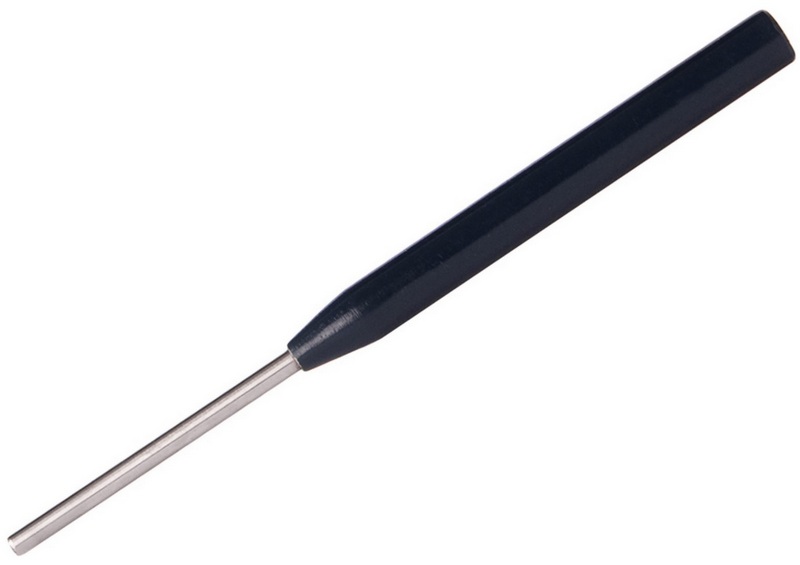
- Handle protection;
- The cylindrical shape of the working part is almost universal;
- Possibility of use in various fields.
- Not detected.
3rd place: "Case of Technology 8x180 mm DT / 100/25 No. 380408"
The fixture is used to work with workpieces to extract parts from holes or markup. It is used as a hand tool for locksmith, carpentry and other types of work. Manufactured from steel that has undergone a hardening process for increased durability and strength.The hardened steel is also extremely impact resistant. The recommended cost for retail chains is 190 rubles.
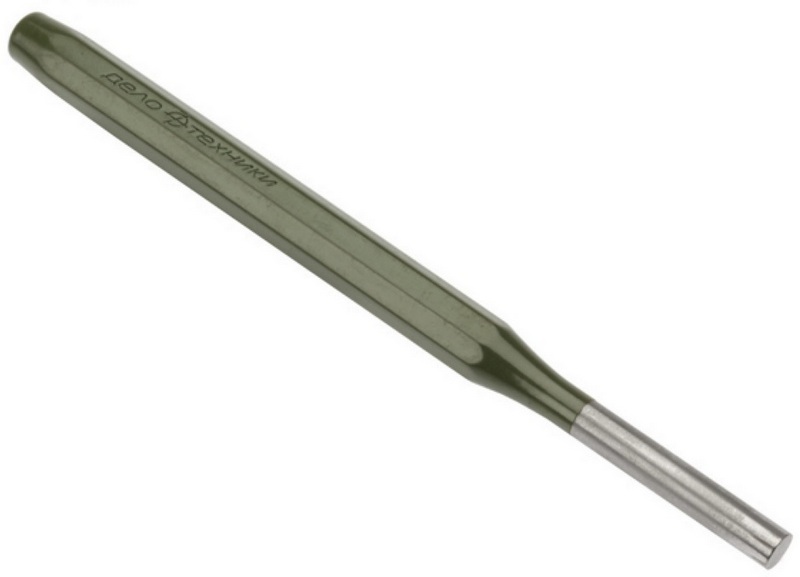
- wear resistance;
- Length 180 mm;
- Tip diameter 8 mm;
- Long service life;
- Increased hardness of the working surface due to additional hardening of HDTV.
- Not detected.
2nd place: "ROCKFORCE 2.5mm, L-150mm RF-60425150"
The model is used for knocking out studs, plugs, plugs or defective screws, screws and bolts. The tool is made of high quality steel. The material is reliable and durable. Special coloring prevents corrosion. Specifications: length, mm - 150, tip diameter, mm - 2.5, material of the working part - steel, handle material - steel, net weight, kg - 0.07. The recommended cost for retail chains is 200 rubles.
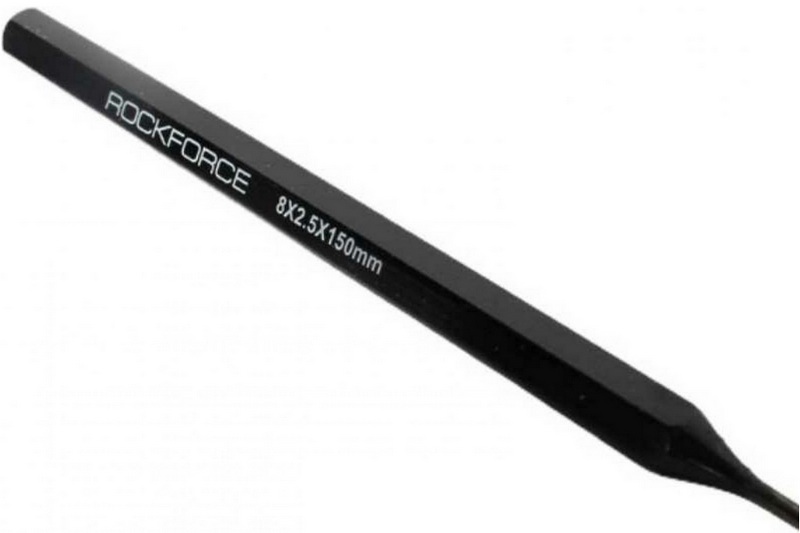
- Small mass;
- Specific working part;
- Corrosion protection.
- Not detected.
1st place: "KING TONY 3x150 mm, with tread 76403-06G"
This model is specially designed for extracting pins and cotter pins. It is made of a hardened chrome vanadium alloy with the addition of molybdenum. The special additives that make up the alloy give the tool special strength and resistance to chipping, which is important for safe operation.
The comfortable handle is made of durable plastic covered with a soft rubber-based material. Such a handle protects the hand well from recoil during operation. Specifications: diameter of the working part (striker) - 3 mm, total length - 150 mm. The recommended cost for retail chains is 350 rubles.
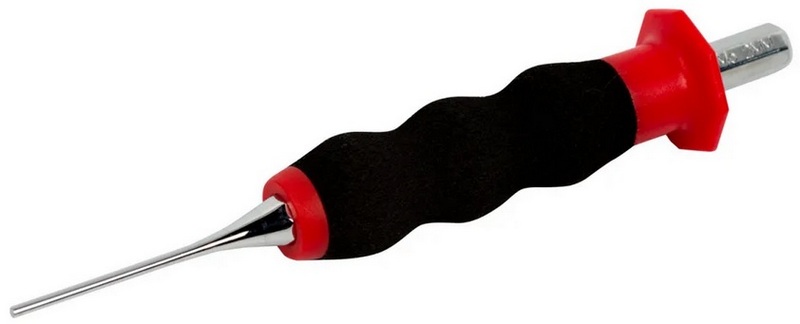
- Rubberized handle;
- Durable alloy base;
- Orientation to work with details of complex fixation.
- Not detected.
Kits
4th place: “Forsage extended, 5 ave. F-50512 50851"
These elongated devices are widely used for processing a variety of surfaces, namely straightening and straightening, as well as for extracting various fasteners. The kit includes models of various sizes. The punches are extremely durable, as they are made entirely of high-quality steel and are additionally hardened. Specifications: length, mm - 200, tip diameter, mm - 4-8, material of the working part - steel, handle material - steel, net weight, kg - 0.73. The recommended cost for retail chains is 790 rubles.

- Small mass;
- Durable steel construction;
- Variety of areas of use.
- Not detected.
3rd place: "Automaker 8 tools, 2, 3, 4, 5, 6, 7, 8, 10 mm., 40618"
The set includes 8 tools with a length of 150 mm. The material of manufacture is strong and durable chrome vanadium steel, which is heat treated for the highest possible hardness. These devices are optimally suited for the comfortable, gentle removal of locking sleeves, pins and a number of other parts that require impact to be released. The serration on the handle prevents the tool from slipping in the palm of your hand. The included tetron bag makes it easy to store and transport punches. The recommended cost for retail chains is 970 rubles.

- Convenient case for storage/transportation;
- Durable manufacturing material;
- Good value for money.
- Not detected.
2nd place: "JONNESWAY M63106S"
These impact tools are used to remove fasteners such as keys, cotter pins, pins, etc. Products are made of a bar of high-quality chrome-vanadium steel. Tools are stored in a cassette made of impact-resistant plastic. Magnesium phosphate is used as a protective coating. The recommended cost for retail chains is 1820 rubles.
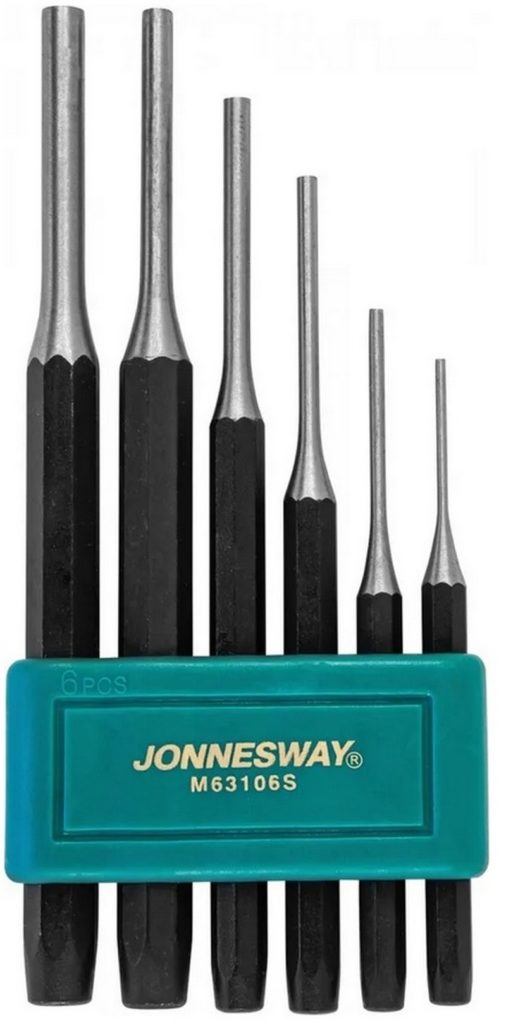
- Magnesium coating;
- Durable steel construction;
- Various areas of use.
- Not detected.
1st place: "KING TONY 1006PR"
The set includes fixtures of the most commonly used sizes. Designed for extracting pins and cotter pins. Items are made of hardened chrome vanadium alloy. Heat-treated impact working surfaces protect against chipping and jamming. Tools are housed in a vinyl case, in transparent compartments, which provides a comfortable choice of a certain tool size in the process. The cover is convenient for storage and transportation, and also protects against loss. Special eyelets in the case are designed for hanging the set at the workplace - on the wall, on a special tool stand, workbench, etc. The recommended price for retail chains is 1920 rubles.

- Convenient storage case;
- Heat treatment of the impact part;
- Reliable manufacturer's brand.
- Not detected.
Conclusion
It should be noted that you should not be afraid to spoil the knocked-out part and only therefore use punches made of soft material. Even with careful use, the process of wear and deformation will occur very quickly. Accordingly, it is necessary to compare the material of the tool used with the material from which the element to be removed is made. In any case, professional craftsmen advise having a set with various tools on hand right away, so to speak, for “just in case of a fire”.
new entries
Categories
Useful
Popular Articles
-

Top ranking of the best and cheapest scooters up to 50cc in 2022
Views: 131651 -

Rating of the best soundproofing materials for an apartment in 2022
Views: 127690 -

Rating of cheap analogues of expensive medicines for flu and colds for 2022
Views: 124519 -

The best men's sneakers in 2022
Views: 124033 -

The Best Complex Vitamins in 2022
Views: 121939 -

Top ranking of the best smartwatches 2022 - price-quality ratio
Views: 114980 -

The best paint for gray hair - top rating 2022
Views: 113395 -

Ranking of the best wood paints for interior work in 2022
Views: 110318 -

Rating of the best spinning reels in 2022
Views: 105329 -

Ranking of the best sex dolls for men for 2022
Views: 104366 -

Ranking of the best action cameras from China in 2022
Views: 102215 -

The most effective calcium preparations for adults and children in 2022
Views: 102011

